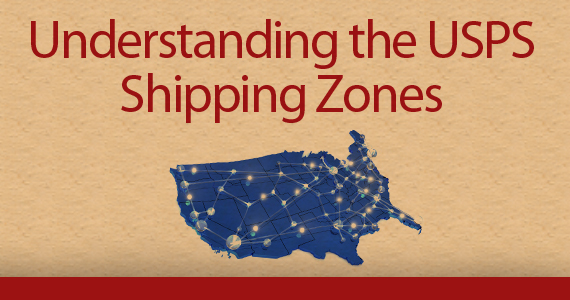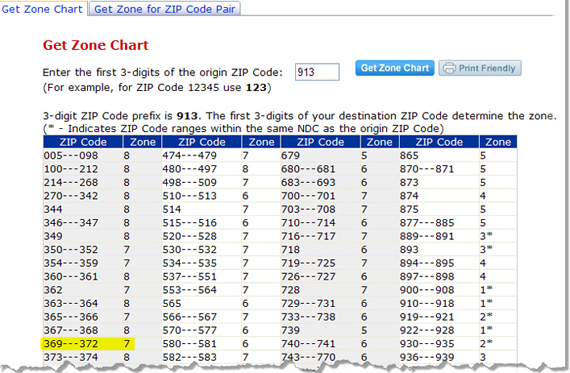 Understanding what the different USPS shipping zones mean is vital, especially if you ship frequently. The shipping zones map is a good place to start. At first glance, the shipping zones map can be confusing, so here’s a quick guide to understanding how USPS shipping zones work.
Understanding what the different USPS shipping zones mean is vital, especially if you ship frequently. The shipping zones map is a good place to start. At first glance, the shipping zones map can be confusing, so here’s a quick guide to understanding how USPS shipping zones work.
How Do The USPS Zones Work?
Postal zones are distance based; meaning zones are determined by the distance your shipment needs to travel between origin and destination. Distances are further divided into zones on the shipping zones map. There are eight USPS zones for domestic shipments. Unless you’re using a flat rate box or flat rate envelope to ship your goods, the cost of postage will depend on how close the origin and destination zones are.
How Are Zones Generated?
In order to understand and effectively use the USPS shipping zones, you need to first know which zone you’re in. Use the USPS Postal Zone Chart to determine the origin and destination zones for your shipments.
The USPS Postal Zone Charts can be read two ways. The USPS offers a personalized zone chart where shippers only need to enter the first three numbers of their zip code and then use the chart to find the zip code of the destination. Another option is to find the shipping zone for a zip code pair, where shippers need to input both the origin and destination zip codes.
Option 1: When shipping a package from zip code, 91316 to 36904, the shipping zone is 7.
Option 2: You can get this same information by simply entering the origin and destination zip codes on the screen below:
Why Are The USPS Zones Important?
Shipping zones are extremely important, especially for businesses with more than one warehouse. By shipping within a zone or to a nearby one, business owners can save money on both, Express Mail and Priority Mail. Additionally, packages sent within the same zone or to a nearby one usually arrive sooner.
Tying It All Together
As shipping methods and services evolve, so does the USPS. As an e-commerce seller, it is your responsibility to ensure you’re using the most up-to-date USPS Postal Zones Chart. Using an outdated shipping zones map could mean you’re underpaying for postage, as a result of which your buyers may be receiving their packages with postage due. Another problem with using an outdated shipping zones map could be that the shipment is never received by your buyer and is sent back to you for insufficient postage. While it may be time-consuming to understand how the USPS shipping zones work, setting up your USPS shipping zones is an essential step in your shipping process. Completing this one step once can help streamline your shipping process tremendously, so don’t delay!








